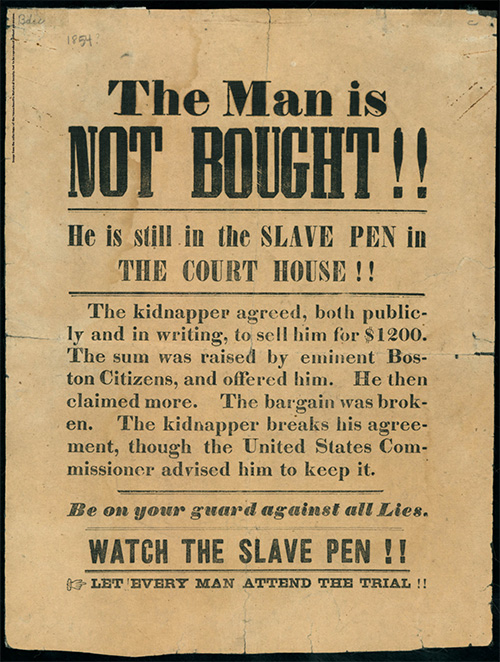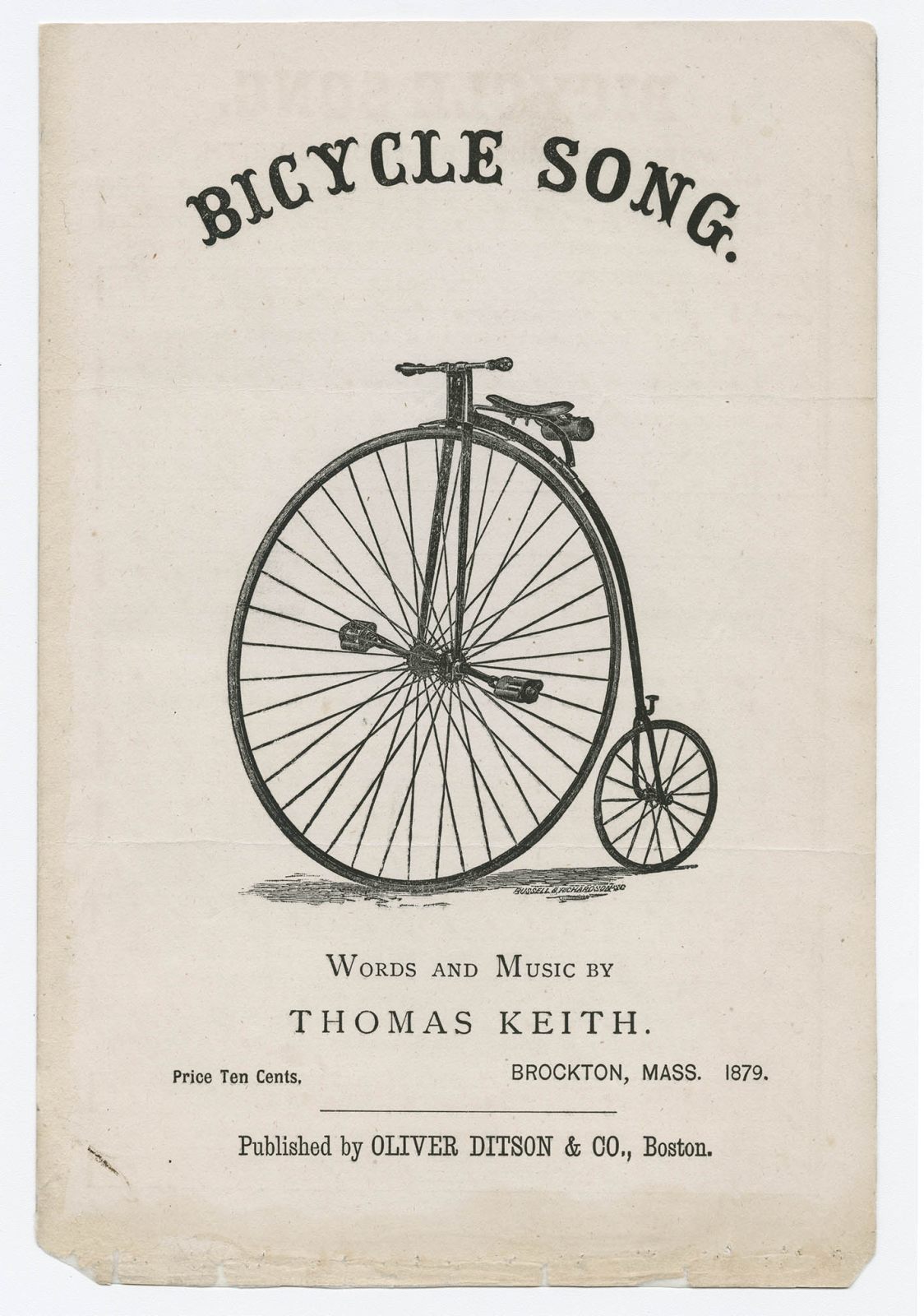Revolution, Reaction, Reform in History
MHD Theme Resources
The 2026 National History Day theme is Revolution, Reaction, Reform in History.
But don’t worry—you don’t need to include all three in your project. You can choose a topic that focuses on one, two, or all three, depending on what your topic is about.
So, what do these concepts mean?
Revolution: A big, dramatic change. It could be the overthrow of a government, or a major shift in how something works (like a scientific or social revolution).
Reaction: How people or groups respond to something that happened. They might support it or fight against it.
Reform: A change made to improve something—fixing a problem or making a system better.
Explore topic ideas directly from History Source and the MHS collections
Local and National Theme Pages
Explore webpages created by institutions to highlight parts of their collections that relate to this year's NHD theme


 y Abigail Adams
y Abigail Adams ns and the Fugitive Slave Act
ns and the Fugitive Slave Act rtation: Change and Continuity
rtation: Change and Continuity